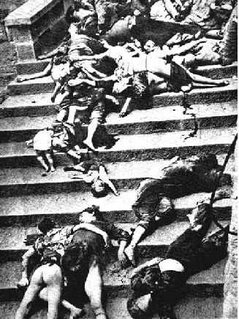from an article pointed out to me by Mark Weiss:Christina Cavella and Robin A. Kernodle, "How the Past Affects the Future: The Story of the Apostrophe"
"The use of the apostrophe to denote possession has its origins in Old English, which frequently attached the genitive singular ending –es to nouns. Hook (1999), points out that 60% of all nouns in Old English formed their genitive cases in this manner (p. 44); it is therefore not surprising that the current genitive ending –s has survived in Modern English. The apostrophe could be viewed as a way in which to mark the deleted vowel –e of the –es possessive ending, “derived from the Old English strong masculine genitive singular inflection” (Blockley, 2001, p. 35). Adrian Room (1989, p. 21) provides support for this view, citing the Old English word for stone, stän, whose genitive form was stänes.
Hook (1999) maintains, however, that the apostrophe is “a mere printer’s gimmick, doubtless born of the mistaken notion that the genitive ending was a contraction of his” (p. 44). An invention of mortals, the apostrophe has indeed been subject to human error. The –es genitive ending,
'often spelled and pronounced –ies or –ys in early Middle English, was confused as early as the thirteenth century with his, the possessive of he, so that Shakespeare could later write ‘the count his gally’, and even expressions like ‘my sister her watch’ appeared' (qtd. in Hook, 1999, pp. 44-45).
The unstressed pronunciation of the genitive –es seemed to have caused many speakers to believe they were saying his. This usage presumably caused pronunciation problems and gender confusion with a noun such as woman or girl, or a plural noun like winners, but nevertheless was quite common (Hook, 1975, p.160). The apostrophe became a sort of “compromise” to indicate either the missing –e in the genitive ending –es, or the hi of the mistaken possessive indicator his (Hook, 1999, p. 45)."














